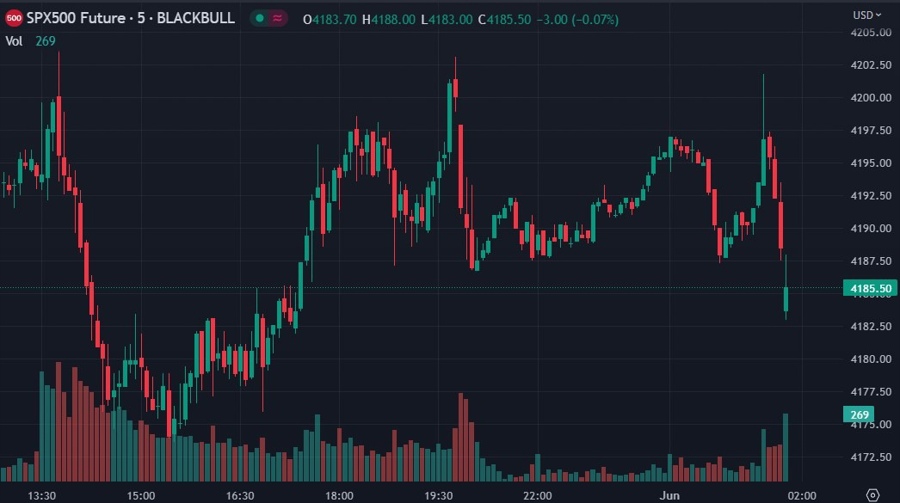US Debt Limit: Potential August Expiration Sparks Concerns

Table of Contents
Understanding the US Debt Ceiling and its Implications
H3: What is the US Debt Ceiling?
The US debt ceiling is a legislatively imposed limit on the total amount of money the US Treasury can borrow to meet the country's existing legal obligations. This includes paying for previously authorized spending, such as Social Security benefits, military salaries, and interest on the national debt. The debt ceiling doesn't limit the government's ability to spend money; rather, it limits the government's ability to finance that spending through borrowing. The Treasury Department manages the federal debt, relying on its borrowing authority to meet its obligations. Exceeding the debt ceiling, without a legislative increase, would severely restrict the government's ability to fulfill its financial responsibilities.
H3: Economic Consequences of a Default:
Reaching the debt ceiling without a resolution can have devastating consequences:
- Government Shutdown: Essential government services could be temporarily halted, impacting everything from national security to social welfare programs. A shutdown disrupts vital functions, causing widespread inefficiency and uncertainty.
- Negative Impact on Consumer and Business Confidence: Uncertainty about the government's ability to meet its obligations erodes confidence in the economy, leading to reduced consumer spending and business investment. This can trigger a recessionary spiral.
- Potential Credit Rating Downgrade: A failure to raise the debt ceiling could lead to a downgrade in the US credit rating by major rating agencies. This would increase borrowing costs for the government and the private sector, making it more expensive to finance projects and investments.
- Global Market Instability: The US plays a central role in the global economy. A US debt default would send shockwaves through international markets, potentially triggering a global financial crisis.
H3: Historical Precedents:
The US has faced several debt ceiling crises in the past. While Congress has always eventually raised the debt limit, the brinkmanship has often led to market volatility and economic uncertainty. Past debt ceiling crises, such as those in 2011 and 2013, resulted in negative impacts on investor confidence and increased borrowing costs. These historical precedents highlight the serious risks associated with failing to reach a timely agreement. Negotiations around debt limit increases have frequently been fraught with political tension, underscoring the need for bipartisan cooperation to avoid future crises. Analyzing these past "debt ceiling crisis" events provides valuable insights into the potential consequences of inaction.
The Political Landscape and Negotiations
H3: Current Political Divisions:
The current political climate is highly polarized, making finding a compromise on the debt ceiling extremely challenging. Different parties have contrasting views on fiscal policy and spending priorities, leading to significant disagreements over how to address the issue. Reaching a bipartisan agreement will require significant negotiation and compromise. The current "political gridlock" surrounding the debt ceiling underscores the difficulty of reaching a consensus.
H3: Proposed Solutions and Compromise Efforts:
Potential solutions being discussed include:
- Spending cuts across various government programs.
- Tax increases to generate more revenue.
- A combination of spending cuts and tax increases.
- Temporary suspensions of the debt ceiling, albeit a short-term solution.
The feasibility and political acceptability of these solutions remain uncertain, and finding a "budget compromise" acceptable to both sides of the political spectrum is proving difficult. Discussions about "fiscal responsibility" are key to any potential agreement.
H3: The Role of Congress:
The US Congress has the sole constitutional authority to raise the debt ceiling. The process involves passing legislation through both the House of Representatives and the Senate before it can be signed into law by the President. The timeline for action is crucial, with the August deadline looming large. The role of Congress in this critical issue is paramount to avoiding a catastrophic financial event.
Market Reactions and Investor Sentiment
H3: Impact on Financial Markets:
The looming debt ceiling deadline is already causing significant volatility in financial markets. Stock markets are exhibiting uncertainty, and bond yields are reflecting rising concerns about the potential for a credit downgrade. "Market volatility" is likely to increase as the deadline approaches if a resolution isn't found. Investor confidence is waning, leading to a cautious approach to investment decisions.
H3: International Implications:
A US debt default would have far-reaching international consequences. It could trigger a global financial crisis, impacting international trade, currency values, and global economic growth. The "global economy" is deeply interconnected with the US, and a default would threaten global financial stability. International markets are closely watching the situation, and uncertainty is creating significant concern.
Conclusion: Navigating the Uncertain Future of the US Debt Limit
The potential expiration of the US debt limit in August presents a serious threat to the US and global economies. Failure to raise the debt ceiling could result in a government shutdown, economic recession, and global market instability. The political divisions surrounding this issue make finding a timely solution challenging. Responsible fiscal policy and a swift resolution are essential to avoiding a catastrophic economic outcome. The "federal debt limit" requires immediate attention from policymakers and requires immediate bipartisan cooperation.
We urge readers to stay informed about the ongoing negotiations and contact their elected officials to express their concerns. The US national debt is a shared concern, and decisive action is crucial to prevent a crisis. Understanding the "debt ceiling crisis" and its potential impact is vital for informed civic engagement. Demand responsible fiscal policy and a timely resolution to prevent a potentially devastating economic crisis.

Featured Posts
-
 Ofilis 100 000 Grand Slam Race A Third Place Performance
May 11, 2025
Ofilis 100 000 Grand Slam Race A Third Place Performance
May 11, 2025 -
 Ufc 315 A Montreal Aiemann Zahabi Et Jose Aldo Un Combat Plus Long Que 13 Secondes
May 11, 2025
Ufc 315 A Montreal Aiemann Zahabi Et Jose Aldo Un Combat Plus Long Que 13 Secondes
May 11, 2025 -
 The Next Pope Analyzing Potential Candidates To Replace Pope Francis
May 11, 2025
The Next Pope Analyzing Potential Candidates To Replace Pope Francis
May 11, 2025 -
 How Cody Bellinger Will Protect Aaron Judge In The Yankees Lineup
May 11, 2025
How Cody Bellinger Will Protect Aaron Judge In The Yankees Lineup
May 11, 2025 -
 Amsterdam Cafe Unveils Kings Day Mural A Tribute To Marjolein Fabers Ribbon Gate
May 11, 2025
Amsterdam Cafe Unveils Kings Day Mural A Tribute To Marjolein Fabers Ribbon Gate
May 11, 2025
